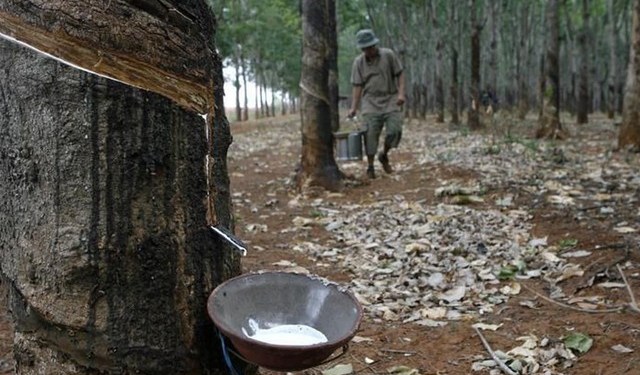Sri Lanka’s rubber sector is poised for a boost in order volumes from Europe this month (October), as buyers return following the summer break and U.S. export earnings strengthen.
Industry experts expect new orders in the coming months, though they caution that the upcoming U.S. elections may cause a temporary dip in demand, Forbes and Walker Commodity Brokers said in its latest rubber market report.
The Sri Lanka Association of Manufacturers and Exporters of Rubber Products (SLAMERP) warned that rising natural rubber prices could prompt a global shift toward synthetic alternatives. In addition to price pressures, Sri Lanka’s rubber industry is facing challenges from high energy and water tariffs, labour shortages, currency fluctuations, and a scarcity of raw rubber materials, the report highlighted.
Another major concern is the looming deadline to meet the European Union Deforestation Regulation (EUDR) by the end of 2024. With over 75 percent of rubber production coming from smallholders, the industry is struggling to implement the necessary compliance measures due to resource constraints.
“Failure to meet the EUDR requirements would prevent Sri Lanka from exporting rubber and latex-based products to the EU, a key market for the sector,” Forbes and Walker Commodity Brokers cautioned.
Despite these challenges, latex crepe prices saw strong gains in recent weeks. The average price for Latex Crepe 1X rose by Rs. 76.25 per kilo, while No.1 crepe increased by Rs. 64. No. 2 crepe gained Rs. 41.75, and No. 3 crepe climbed by Rs. 28.75, though No. 4 crepe prices dropped by Rs. 16.25. Demand for latex crepe remained robust, and scrap crepe also saw price improvements.
The Ribbed Smoked Sheet (RSS) market, however, experienced low volumes at auctions, as many smallholders have shifted from RSS production to supplying latex to centrifuge plants. The average price for RSS1 stood at Rs. 752 per kilo.





























